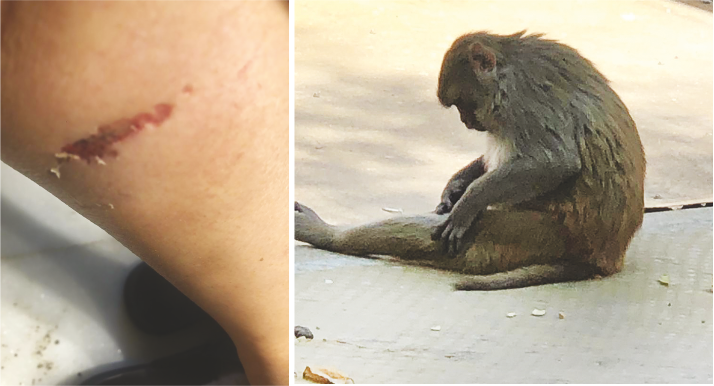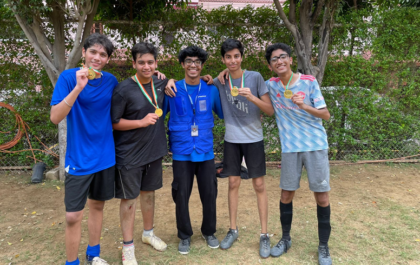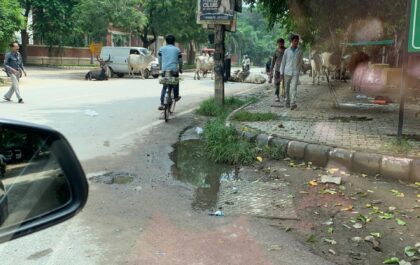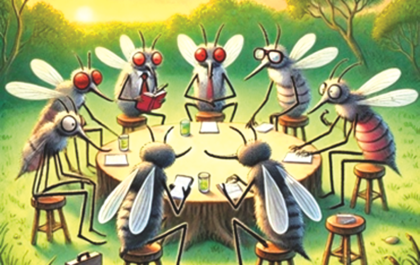I spent my childhood in close touch with nature and amongst domestic animals and pets. My mother loved gardening and animals, and I owe it to her that I grew up befriending animals and have had the good fortune of loving and being loved by them. My experience ranges widely from having rescue animals like squirrels, rat snakes, Neel Gai, Cheetal deer, tortoise, vulture, monkey, dogs, parrots, pigeons, bulbul, mynah to name a few.
Most memorable is Dhanno, the female juvenile monkey, who was probably a runaway with a rope around its neck and was reportedly entangled in my neighbor’s barbed wire fence. Some street kids who knew of my love for animals came and led me to the site. It was raining, and the trapped creature was wet, frightened, and feeling harassed. It wasn’t permitting anyone to approach it and was threateningly baring its teeth, keeping them all away. I approached it gently and soothingly and continued to talk to her while reaching for the entangling knot. I undid it, and the end in hand was stepping back when the creature jumped on me. Instinctively, without a thought, I swung the rope, dashing the monkey against the wall. It sat dazed from the throw, and meekly getting up gripped my leg and birthed our friendship and love. I had misunderstood the young one’s plight. This was in 1969 at Saharan-pur, western Uttar Pradesh. In January 2024, on a cloudy, cold, and windy wintry day in DLF, Gurugram, I stepped out of the house to fetch clothing that the monkey had taken and dropped near my wife’s car on the street. I spotted five or more monkeys scattered on the street but confidently walked towards the car. Abruptly, a monkey came from behind, gripping my pants and taking hold of my left calf in its mouth. Without panicking, I pulled at my leg, and letting go, it withdrew to look me in the eye. The brief pulling away left a gash on my calf. A couple of its companions came forward, snarling and growling, but seeing no retaliation from me, they held their ground. I calmly walked back into the house to wash the injury caused by pulling my leg away, and after disinfecting it again, I ventured out to fetch the clothing.
The monkey was still there and watched me walk past to get the clothing and walk back past her. She still sat and watched. Once safely inside, I tried to interpret the primate’s haunting gaze and analyzed that probably it was very cold and hungry and had reached out to me. Once again, I had misunderstood. Had I not pulled at my leg, she may not have tried to hold so fast with her teeth.
The Indian Rhesus monkey is native to our continent and, though very much akin to humans, has probably been the most misunderstood creature primarily because of its human-like love for freedom. Unlike dogs, cats, poultry, etc., it has not subjugated itself. A jungle creature’s habitat has been invaded and encroached upon by human civilization, forcing it to adapt to our mercies. From feeding on natural food resources abundantly available in its forested habitat, our advancements brought them into conflict situations while competing for food and shelter. The monkey menace is parallel to similar conflicts with elephants, leopards, etc.
‘Monkey menace‘ is a common term for a social and ecological phenomenon in India and elsewhere. It describes the growing presence of monkey populations in rural and urban environments and the frequent hostile encounters.
The rhesus macaques have been removed from the Wild Life Protection Act of 1972 through an amendment in 2022, thus opening up their capture and export. For long, rhesus monkeys have been used in medical research. In 1940, the Rhesus factor discovered in their blood was named after them. This vital finding was common to human blood and henceforth prevented fatal immune reactions in blood transfusions and during pregnancy. Through ongoing experiments on monkeys, the scientists were able to develop the polio vaccine in the 1950s against the poliovirus, thus protecting millions of humans from polio infection.
I implore you to close your eyes and visualize the words experiment and research in terms of the trauma, torture, and death of millions of monkeys worldwide for studies in drugs, pharmaceuticals, food industries, and military applications. They are primarily used for experiments in brain research, too.
I do not know the hocus-pocus of science. What I have known since I was a teenager is that my baby Dhanno befriended me in my separation from my family and was a great social resource that kept me away from anti-social activities that the youth of the late sixties indulged in for lack of recreational opportunities. The likeness of Dhanno’s palms to mine was an unquestioned belief in my ancestral heritage. The monkeys are very social creatures, highly vivacious and active, living in groups of 20 to 200 with hierarchies of both sexes. The females are more stable and lasting than the males and prefer to exist in their birth groups, while the males form smaller splinter groups and leave the parent group upon reaching sexual maturity. Mating takes place between members of equal rank in the group.
In the wild, they spend most of their time foraging and eating. Being omnivores, their meat diet is derived mostly from insects, spiders, crustaceans, and bird eggs, while those whose habitat is wetlands may be seen catching and eating fish. Their vegetarian diet is leaves, berries, fruits, berries, vegetables, legumes, grains, etc. In their urban and ‘civilized’ avatars, they grow greedy and will consume human foods and search garbage for leftovers. With 93.5 percent DNA likeness, junk foods such as bread and biscuits commonly shared are showing sickly results of skin diseases, etc. in monkeys.
The amount of torture, pain, and loss of limb and life endured by generations of monkeys at laboratories and research centers in service of mankind is no less than that borne by Lord Hanuman in service of Lord Rama.
My prayer is that next time you think monkey, don’t please think menace! Think of them humanely, for surely they will continue to bear tortuous experimentation in our service. If you don’t wish to feed the monkeys, please don’t throw stones at them. They will wisely go their way. We don’t monkey with them, and they won’t monkey with us.

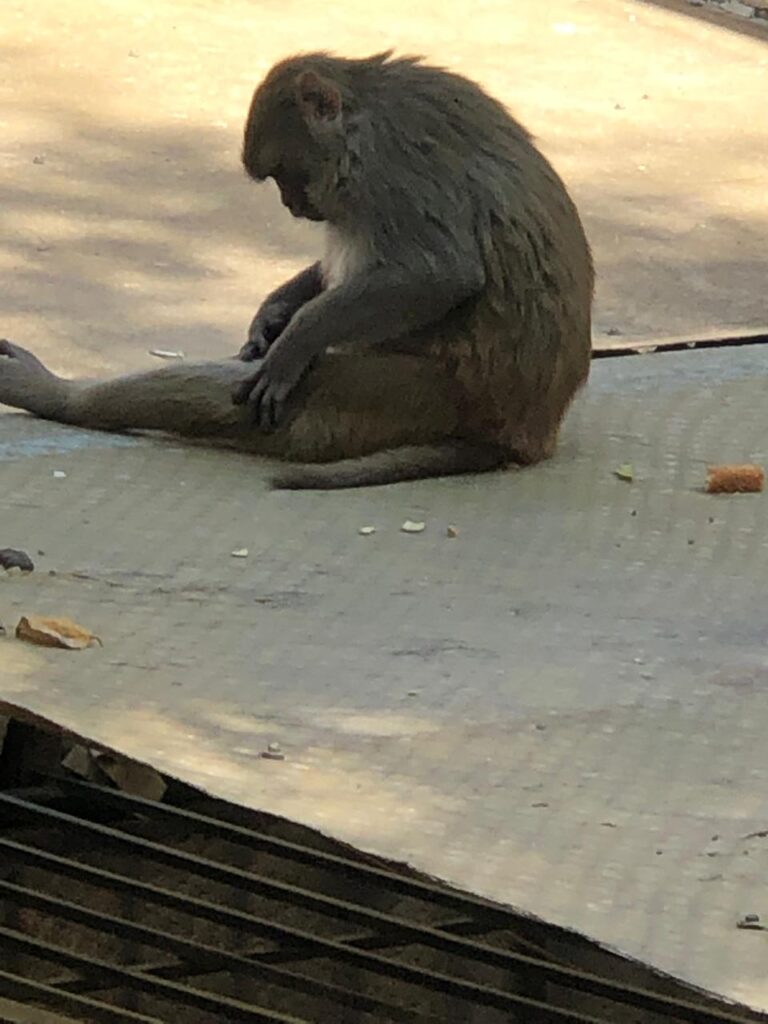

Popular Stories
Football Tournament @Princeton
More Than a Festival: The Art and Power of Durga Puja
Personality of the Month- ‘Dr Usha Mediratta’
Stray Cattle Menace In Front of Galleria
The Chronicles of Malibu Towne: A Mosquito’s Tale
“Senior Living Is Not An Old Age Home” say Mr & Mrs Bose
Recent Stories from Nearby
- Promises Repair of Broken Park Walls, Installation of Boom Barriers, Deep Cleaning of Drains… Among Other Things January 30, 2025
- Anand Niketan Club’s Grand New Year’s Eve Bash January 30, 2025
- Residents Come Together for a Night of Fun and Festivity January 30, 2025
- Rising Incidents of Harassment by Transgender Groups Raise Concerns in Delhi NCR January 30, 2025
- From Banana Races to Hurdles: ANRWA Sports Meet Had It All January 30, 2025

